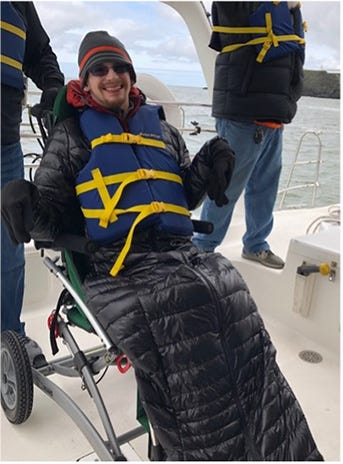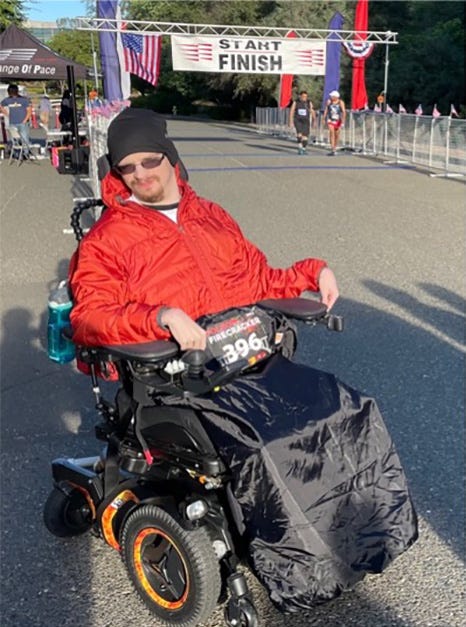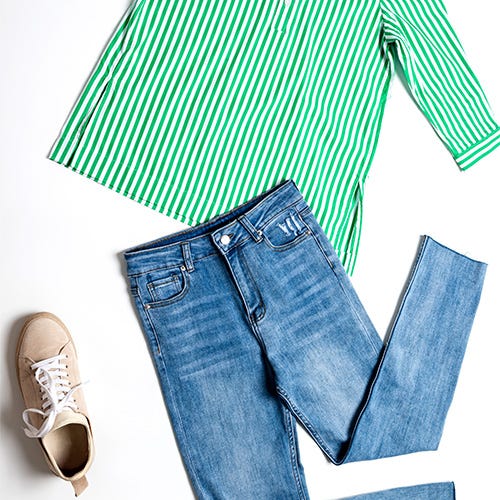Thinking through October and all it brings for our Individuals
- Oct 17, 2022
- 0 Comments


Thinking through October and all it brings for our Individuals
By: Dr. Raymond Heipp
During a brisk October morning, I thought about all the wonderful activities that occur in October and throughout autumn. Remembering my days as an administrator, October would bring us to the end of the first quarter of the academic year, along with student testing. The academic side of this month was only one endeavor October brought. We were in the midst of the fall athletic season and the beginning of the winter season. We moved closer to the start of major extracurricular activities in theatre, speech, and other clubs. Depending upon the district, we were potentially looking towards Halloween or other holiday activities. In all, October is both busy as well as transitional to progress the school year. Let’s review these ideas and what we might want to keep in mind.
Starting with the end of the month, I have read and written pieces about preparing our students for communities which celebrate Halloween. This can be one of the most over-stimulating holidays for individuals. The sights, sounds, tastes, and movement can create high levels of both excitement and anxiety. We want to make sure that individuals come to an understanding that some might dress in “scary” ways. If that preparation is not done, the first appearance of a werewolf or zombie could be confusing and frightening. Pictures and old costumes can be shared with individuals to prepare them for Halloween events. We also need to make sure that we are educating nutrition information to not eat all the candy or snacks in one sitting. Additionally, we should be aware of individuals who need unique costumes. Think of those in wheelchairs or those who use walkers and what can be designed specifically to their interests to allow them to participate with their peers. Do not forget that some of our individuals may not be able to afford a costume. How can we repurpose what we have or use items that we can pick up at a local dollar store or resale shop? Sometimes, simple costumes can be better as they might not cause sensory adverse reactions, allowing better participation. If you are in a building or community which celebrates Halloween, please be sure to have your individuals ready for a fun-filled and not fright-filled evening!
In addition, October brings back thoughts of outdoor sports. Having participated in and coach fall sports, one wants to be used to the needs of individuals based upon the weather. I had the wonderful opportunity to spend many October nights in the mid-to-late 1990s at the ballpark with my father watching playoff baseball with our Cleveland team! (Great to see them back in the playoffs this year! I know that Dad is looking down from some great seats above!) My father spent the last 30 years of his life in a wheelchair due to suffering from Multiple Sclerosis. That never inhibited his love of our pro teams and desire to see them in person. It was at these sporting events that I learned how clothing needs to be assessed individually. My father always had his winter coat, gloves, and hat ready. For a long time, it was assumed that his jeans would be enough to keep his legs warm. We later realized that having a wool blanket to cover his legs made it more comfortable for him. Gabe Ryan, in his Access Angle blog, discusses some of the clothing available today, which really works at keeping the entire body warm. This allows more enjoyment at any outdoor event or even the travel to and from events in cold or wet weather. Not all clothing works for everyone, so be sure to learn what works best for your individuals when they are going out in multiple environments. We want everyone watching these events to be included and not allow the weather to interfere.
As I mentioned above, October brings us to the end of the first quarter of the academic year. There are times when that transition between quarters is overwhelming. During October, we specifically “Go Red for Dyslexia” to bring attention to the number of individuals who struggle with this condition. We want to provide any support we can for these individuals and understand that the use of devices or software does not mean that these individuals are “cheating” when completing work or taking tests. We want to understand that there is not a “one-size-fits-all” solution. I was recently involved in a conversation with a district who simply wanted to address dyslexia in students with software on Chromebooks. I think that is a great idea, but let them know that they also need to have alternative devices for students who are trying to interact with papers or physical books. Many students become embarrassed if they have to use another person as a “Reader” when interacting with these materials. Having a device as simple as a Reader Pen can not only increase an individual's confidence in their own abilities, but also create a stronger sense of independence.
The more we are aware of conditions that can inhibit individuals from participating in academic, social, or personal events, the better we can prepare to help them. Consider all the various environments our individuals may be encountering and think through how we prepare to go to a high school football or soccer game. Now, expand what we do through the eyes of our individuals to pick up some other ideas about how to help them become more fully involved. Autumn can be a beautiful time of the year when everyone has access to all of its activities!





